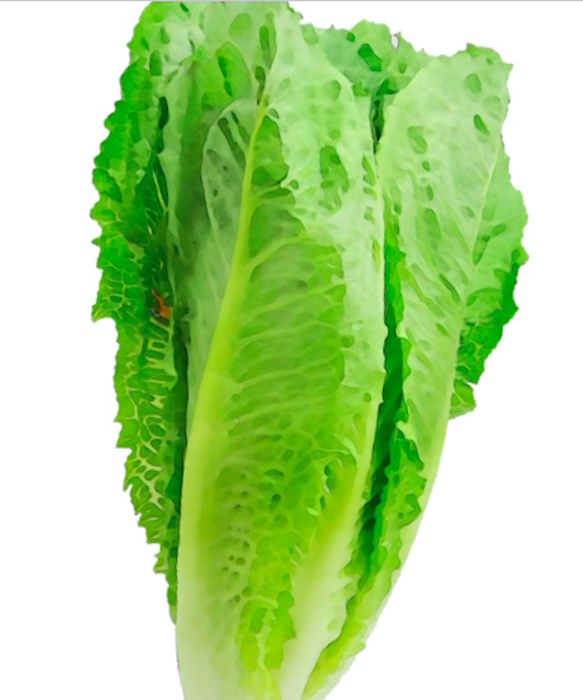After a lively presentation today, the FDA’s Coordinated Outbreak Response and Evaluation (CORE) Network Director Stic Harris, DVM, MPH took questions from the webinar audience. When asked if there was something about romaine lettuce that made it more susceptible to E. coli contamination than other leafy greens, Harris described the funnel-like shape of a head of romaine and said, “I like to call it poop in a cup.”
 The question and answer session followed Harris’s presentation called “FDA Grand Rounds: The CORE Network (or How I Learned to Love Lettuce…)” The goal of the webinar was to describe how the FDA works in partnership with the Centers for Disease Control and Prevention (CDC) and state agencies to identify outbreaks, stop them, analyze them, and, ideally, prevent from happening again.
The question and answer session followed Harris’s presentation called “FDA Grand Rounds: The CORE Network (or How I Learned to Love Lettuce…)” The goal of the webinar was to describe how the FDA works in partnership with the Centers for Disease Control and Prevention (CDC) and state agencies to identify outbreaks, stop them, analyze them, and, ideally, prevent from happening again.
Since 2017, nine E. coli outbreaks have been linked to the same E. coli strain, the same romaine lettuce grower, or both. Part of the presentation was devoted to the particular challenges associated with investigating an outbreak of a perishable item like romaine lettuce. By the time an illness is confirmed, there often is no product left to test. There are also production issues that can slow down a traceback investigation such as comingling product from various suppliers and industrywide challenges such as poor recordkeeping, Harris said. Despite pronouncements by industry groups to the contrary, Harris said fully half of all the records they examine in their investigations are still on paper. When asked why, he said he didn’t know but thought it was most likely because of perceived expense.
Food Poisoning Bulletin Publisher and noted food safety attorney Fred Pritzker who has represented many of the people sickened in these outbreaks has long-advocated for mandatory safety and tracking rules including electronic records. “Unfortunately, proposed procedures and recommended actions don’t protect consumers,” he said. “These mandatory changes are long overdue.”
Goodbye PGFE, Hello WGS
One of the best tools in helping to detect outbreaks is Whole Genome Sequencing (WGS) which can more accurately identify the “fingerprint” of a pathogen serovar than its predecessor Pulsed Field Gel Electrophoresis (PGFE) and therefore identify more outbreaks and identify them more quickly. Introduced in 2013, WGS is now used in 100 percent of outbreaks, Harris said. In addition to new outbreaks, the technology will likely also help to identify outbreaks retrospectively.
COVID-19
Harris said it’s too early for us to know the full impact that the coronavirus pandemic has had on food safety investigations. For example, in 2019, there were 29 multistate food poisoning outbreaks, a record number. During the first quarter of 2020, there weren’t any announced outbreaks due likely to state health departments being overwhelmed by COVID-19 testing, people being more reluctant to go to a doctor’s office, people washing their hands more and eating out less at restaurants (the most common setting for foodborne illness outbreaks.) The year still ended with a whooping 25 outbreaks. And with the help of WGS, we may find a few more.




